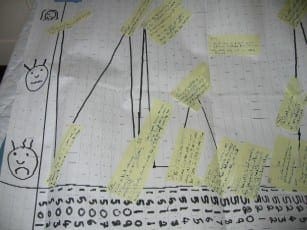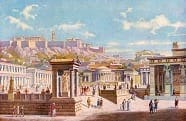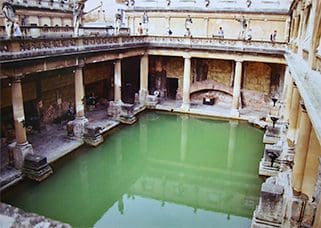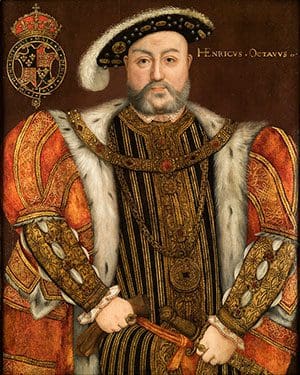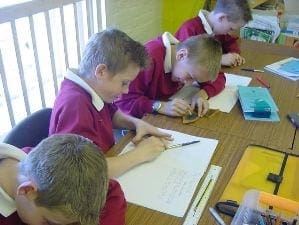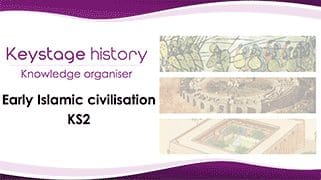
This KS2 history lesson, in which the decoration of a Greek pot is slowly revealed, features two cracking activities designed to set pupils thinking deeply, laterally and creatively. It is based on the principle that pupils need to work out the meaning of an image first, for themselves, before being told what it is. Textbooks always anchor their meaning to an image as soon as they attach a caption. These activities strip away any support that would stop pupils thinking for themselves and places them in a position where they have to speculate, hypothesise and make informed inferences. To make it less threatening, they work in groups, and in a fun way.
I am very grateful to the British Museum for kindly agreeing to the images of objects they hold in their collections being used in this way. You can find lots of excellent ideas and resources on their website



